Why Your Sales Kick-Off is a Big-Budget Snoozefest (And How to Fix It)
Ah, the annual Sales Kick-Off (SKO)—a high-energy, high-stakes event where the entire sales team gathers to be motivated, inspired, and equipped for the year ahead. Or, at least, that’s the intention. Too often, SKOs devolve into an endless parade of slide decks, a blur of talking heads, and a slow descent into what we at Wolf & Heron like to call Death By Presentation.
Why Does This Keep Happening?
If SKOs are meant to energize, why do so many feel like a mental endurance test? There are a few reasons companies keep making this mistake:
Presentations are easy to develop at the last minute.
Too often, we see presenters assembling their slide decks on the plane to the event. This is an unfortunately common habit of leaders. The last minute nature of this routine results in a string of disjointed, underwhelming presentations that don’t connect to one another—or to the audience.The “leaders must present” trap.
Many organizations craft their agenda by first deciding which leaders “deserve visibility” rather than asking, What does our sales team actually need from this SKO? The result? A rigid, speaker-heavy schedule that prioritizes hierarchy over impact.The myth that the only way to communicate is by telling.
Similar to the thought that “leaders must present,” organizations have a habit of seeing these large-scale events as a mechanism to communicate crucial information out and down through the organization. “Everyone’s been flown in at big expense. We need to use this opportunity to tell them everything without really asking them to respond!” This is in contrast to a different—typically more productive—objective of having everyone engage with each other, react to information in thoughtful ways, and communicate back up to leadership.A one-way information flow.
SKOs often operate under the assumption that information should travel down the chain of command, with little opportunity for insights, feedback, or reactions to flow back up. But great sales leaders know that a great SKO isn’t about rolling out a plan, it’s about ensuring that plan actually works in the field. For that to happen, people need the opportunity to question, wrestle with, and internalize what they’re learning.
The Fallout
A poorly designed SKO isn’t just a missed opportunity—it actively harms engagement, morale, and alignment. Here’s what happens at a SKO that’s operating with a Death By Presentation model:
Relationship-building is relegated to outside the core programming, and it’s expensive to boot!
SKO planners recognize the need for building connections across the team, so they tack onto the agenda costly team-building activities—golf outings, open bars, scavenger hunts, boat rides, etc. But these don’t actually help teams engage with the work itself, and they often alienate introverts, folks with other interests, or those who just want to feel productive while they’re away from their families.Critical information is lost in the noise.
When every session is a passive presentation, the audience tunes out. Teams walk away disengaged, confused, and ill-prepared to execute the strategy they just spent hours listening to like it was a high-endurance sport. If a major change initiative is part of the SKO, this lack of retention can be disastrous.
A Better Way: Interactive SKOs That Actually Work
So, how do you fix this? Here’s how Wolf & Heron has helped organizations design SKOs that actually deliver impact:
Turn information-sharing into interactive experiences.
Instead of cramming key updates into slide decks, present them as something tangible—posters, decks of cards, or visual metaphors. Then, give small groups structured questions that guide them through discussion and exploration of the information. Let them process and respond, then collect their conclusions for leaders.Make relationship-building part of the content.
Instead of separating the “fun” activities from the real work, structure the event so that people are constantly shifting between small groups, pairs, triads, and larger breakout groups—all while engaging with the content. Conversation about the shared work, and attacking a common goal in the moment, will build better relationships than happy-hour small talk ever could.
We worked with TierPoint to revamp their SKO in both 2024 and 2025. Here’s what Karen Loiterstein, VP of Sales Enablement, had to say:
"I am forever changed by the work W&H did. The level of interactivity Wolf & Heron brought to our breakout sessions was unmatched and directly connected to the work. Every table had something to do, and the resulting buy-in to our strategy is extremely high."
"Their expertise in creating engaging and impactful discussions helped ensure clarity, alignment, and enthusiasm for our initiatives. Seeing the collaboration come to life at SKO in Phoenix was truly rewarding."
When SKOs shift their agenda design away from passive presentations towards interactive experiences instead, sales teams don’t just leave with information—they leave with a connection to each other, the business, and a clear sense of how they fit into the company’s strategy. And that’s how you actually move the needle.
Stop Slowly Killing Your Team with Presentation Overload
Your SKO shouldn’t be a lecture series—it should be a chance to ignite momentum, alignment, and action. If your agenda is packed with speaker after speaker, it’s time to rethink the format. If your sales team spends more time fighting off presentation fatigue than absorbing your strategy, the real takeaway will be this: You wasted their time.
Interested in learning more about our work with Tierpoint? Download the case study!

